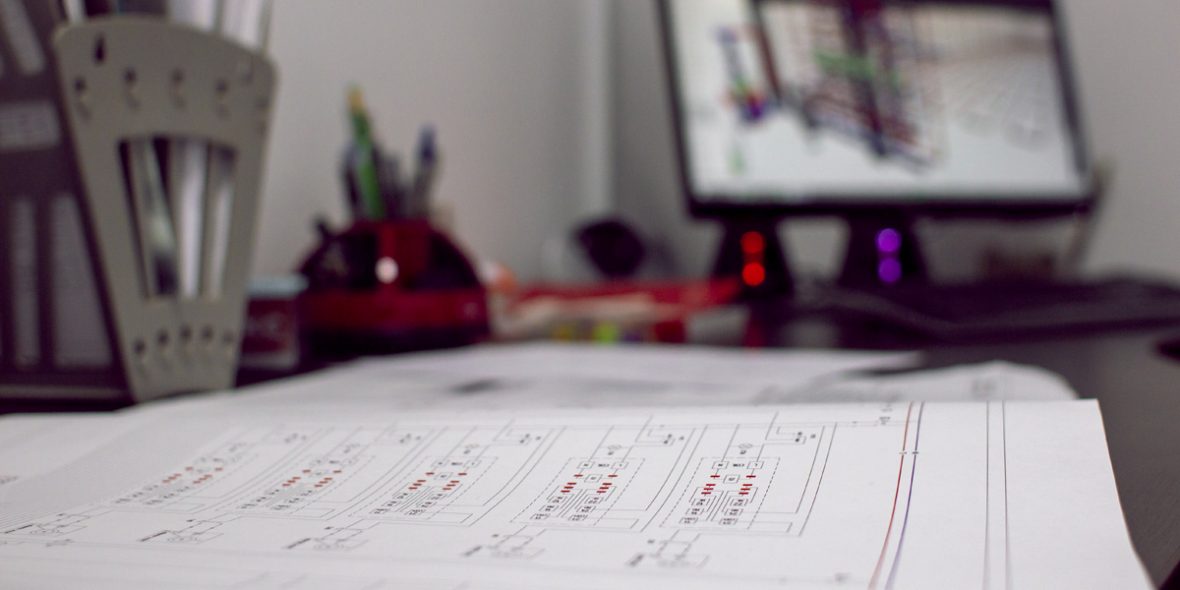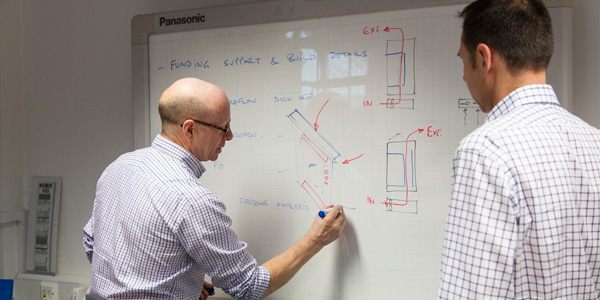
I am frequently contacted by individuals who ask if we can assist with the development of a new product. Sometimes the ideas are fairly simple singe-part widgets that solve a specific but common-place problem and at other times they are complex systems for which the inventor perceives there is a demand.
Not long ago I was approached by a gentleman who had an idea for a particular type of food preparation machine. It involved dispensing material which needed to be chilled to keep it in a frozen state. The questions I was asked were how much would it cost to design, how much to manufacture and how much would it cost to run. These are all perfectly reasonable questions to ask and I completely understand that the individual needed to know in order to build a solid business case. Unfortunately the questions are close to impossible to answer with a reasonable degree of accuracy without first doing the design. Not being able to provide answers to these fundamental questions results in an impasse, thus ending the journey for the entrepreneur.

As designers, we are accustomed to giving cost and time estimates in order to have work. Armed with a good brief including a comprehensive list of desirable and essential features we generate a “bottom-up“ list of everything that needs to be considered and/or done. From writing the brief with the client through to First Article Inspection (FAI) of samples off of production tooling, it all has to be listed so that it can be costed in to the project. This becomes the project “Scope”. By definition, if the activity is not foreseen then it is not listed in the scope and so not costed. The task would therefore be “Out of Scope” and so not covered by the contract.
The position that manufacturers generally take is equally as black & white. In their world the devil is most definitely in the detail: materials, finishes and geometric tolerances all play a role in dictating what processes are used and so have a very direct marked impact on cost. As a result, a manufacturer will rarely provide a costing without a detailed design / drawing to cost against. I think of this as being the manufacturing cost conundrum: the client needs this information up-front to be able to determine the viability of the project before any development costs are incurred, but unfortunately it is very unlikely this information will be available when it is needed.
There are potentially two ways that the designer can sometimes help to resolve the conundrum: the first is by using experience gained on other similar projects to provide an estimate themselves and the second is by leveraging professional relationships with manufacturing associates to obtain a more expert input. Neither of these options is very appealing as at this time he has not yet been engaged on the project, so effectively doing work without compensation but taking the risks of providing inaccurate data.
The most successful projects that we have seen are ones where the client has the experience to estimate the manufacturing costs themselves. They then check actual costs as soon as initial designs are available (usually at Concept Ready stage) and then again when the design is finalized and the documentation is available (Detail Design stage). Typically these clients are seasoned product development professionals working on new products that are similar to those already produced by their employers.
The individual entrepreneurs don’t fall into this bracket. For these people the way forward is most likely to be to take a leap of faith and invest (often) their own personal money in some up-front design work. Such people will likely need to have the conviction and the resources to follow their dreams without the benefit of having a fully-formed business case when they start their journey. This can be a long and winding road, and knowing how much product development can cost I might suggest that the chance of a lone entrepreneur getting a product through to manufacture is greatly increased if the product is kept simple and the features kept to only those that are key to the function or to the USP. Experience shows that clients who keep adding “nice to have” features can end-up designing-in product cost, prolonging the development phase and hence incurring development cost and potentially risk missing the market “window”.
Warley Design offers mechanical design, engineering and product development services to a broad range of industries. Have a project in mind? Call us now on Tel: +44 (0)1277 261066 or email us at info@warleydesign.co.uk